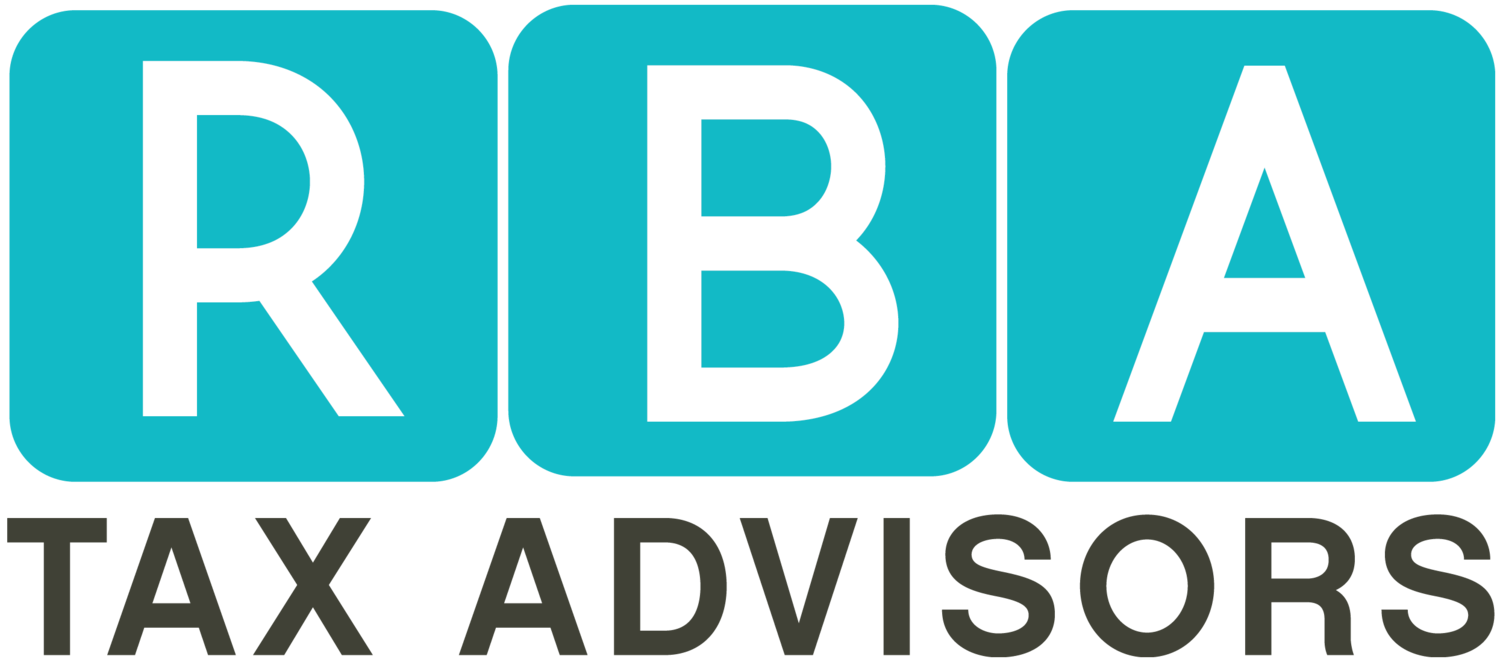A profitable business is one that has a positive ROI, adequate cash flow and fulfills the purpose of its stakeholders. Many business owners and entrepreneurs are unaware of the many systems and processes that need to be in place before they can enjoy the fruits of their labor. It is a daunting task to navigate all the different components of business, and sadly, many business owners never figure it out till it is too late. According to the Small Business Association, more than 50% of businesses will fail in their first five years; however, it doesn’t have to be that way. As a business owner, there are many things that you can do to be more profitable.
In writing this article, my number one goal is to help you to navigate the systems and processes in your business so you can maximize your profits.
There are seven key components of a profitable business and by understanding each one and making the necessary adjustments, you can make a remarkable difference in your business. You do not have to attempt them all at once, but by implementing even one, you can make a huge difference in your business and profits. Here are the seven components:
1. Defined Company Goals - One of the reasons that many companies fail is because they do not have clearly defined company goals. Your company goals should include all stakeholders because your success will be dependent on your ability to create a winning experience for owners, employees, creditors, suppliers and most importantly your customers, clients or patients. Your goals should also include identifying your customers’ desires and creating a customer experience that is simple, effective and profitable. A profitable business is one that focuses on helping all stakeholders to achieve their desired outcome. Customers, clients or patients will need great products and services, employees will need a great environment in which to work and you, the owner will need to enjoy the process and the profits. Having clearly defined company goals will help each person to understand what is expected of them and the benefits of being a part of your organization.
2. Realistic Budget - Most business owners underestimate the cost of doing business. As a result, they suffer from low prices, low margins, and decreasing profit margins. In setting a budget, company owners will benefit from understanding the inputs and outputs required to achieve their benchmarks. By setting a realistic budget, company owners will find it easier to scale and grow their business. In many cases, business owners overlook items such as taxes and operating expenses. As a result, they often experience stressful and unproductive times in their business (which can easily be remedied with a realistic budget).
3. Recordkeeping Plan - Proper recordkeeping is essential to the operation of every business. In order to make better decisions, proper record-keeping tactics should be implemented. Recordkeeping allows owners to see what is happening in their business, so they can plan ahead or make changes. Recordkeeping is often overlooked part of business, and owners will be able to make better decisions, if they keep proper business records.
4. Profit Margins - Businesses operate for the purpose of making a profit. Businesses rely on profits to pay their bills and reinvest. They will be forced to restructure or close their operations if they fail to make a profit. There are several considerations that are essential in determining the net profit of a company and many times business owners miscalculate the cost of doing business, which results in a miscalculation of profits. Profit analysis will help business owners to assess their profit margin.
5. Cash Flow - Businesses that are more liquid tend to do better, because they are able to take advantage of scarce opportunities. Cash is needed to pay the bills, and make investments. A business’ cash flow is often used to determine their eligibility for loans and credit. Cash flow reflects how well a company’s finances are managed and over time, it will determine the performance of the company. If business owners have higher cash flow, they will be more able to stick with their plan of action and be less vulnerable to working with the wrong people or undercutting their prices.
6. Process Improvement Plan - Every business needs a process improvement plan to maximize profits and reduce expenses. Business owners will need to take inventory of they are getting the job done and know how they are reaching their goals and when there is a need to improve. Businesses can also implement process mapping and other tools to assess what’s working and where they can scale back, improve or grow the business.
7. Tax Reduction Plan - In order to maximize tax savings, company owners will need to be proactive. Tax deductions are received on spending or use of personal or company resources. In order to get the most deductions, tax saving plans will need to be executed within the tax-filing year. Many business owners put off tax planning until they are filing their taxes, and at that time there is not much that a tax preparer can legally do to assist you. There are countless ways to reduce tax liability if you are proactive, and I am sure that you could find good use for some extra cash.
For more information on how to maximize your business profits, you can schedule a free 30-minute Profitability Strategy Session here.


